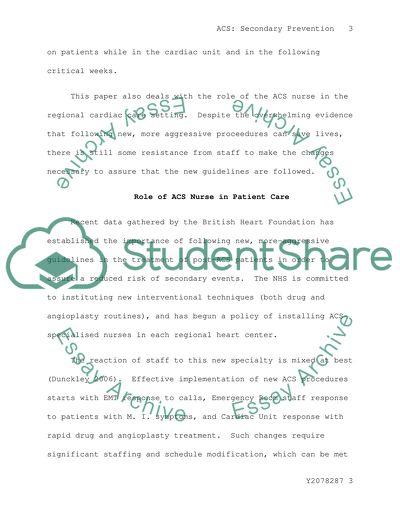Cite this document
(Secondary Prevention of ACS Case Study Example | Topics and Well Written Essays - 2250 words, n.d.)
Secondary Prevention of ACS Case Study Example | Topics and Well Written Essays - 2250 words. https://studentshare.org/health-sciences-medicine/1541490-acs-secondary-prevention
Secondary Prevention of ACS Case Study Example | Topics and Well Written Essays - 2250 words. https://studentshare.org/health-sciences-medicine/1541490-acs-secondary-prevention
(Secondary Prevention of ACS Case Study Example | Topics and Well Written Essays - 2250 Words)
Secondary Prevention of ACS Case Study Example | Topics and Well Written Essays - 2250 Words. https://studentshare.org/health-sciences-medicine/1541490-acs-secondary-prevention.
Secondary Prevention of ACS Case Study Example | Topics and Well Written Essays - 2250 Words. https://studentshare.org/health-sciences-medicine/1541490-acs-secondary-prevention.
“Secondary Prevention of ACS Case Study Example | Topics and Well Written Essays - 2250 Words”. https://studentshare.org/health-sciences-medicine/1541490-acs-secondary-prevention.


